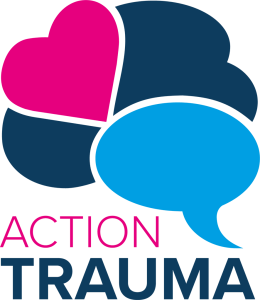Current thoughts on trauma, PTSD and treatment options: A case for specialist treatment services using latest approaches

Current thoughts on trauma, PTSD and treatment options – A case for specialist treatment services using the latest approaches
The effects of exposure to traumatic events are well documented, and evidence-based treatments such as Eye Movement Desensitisation and Reprocessing (EMDR) and TraumaFocused Cognitive Behavioural Therapy (TF-CBT) have been demonstrated to be effective for people who have not recovered from exposure to such traumatic events.
One of the key issues is that many people in need do not access treatment, usually for one or
more of the following reasons:
➢ A key symptom of trauma is avoidance (as it is painful) and the perception that treatment
will involve talking and re-experiencing the very things they are trying to avoid.
➢ A belief that treatment is ‘counselling’, and a perception that talking about trauma which
is very painful and seemingly unchangeable (e.g. graphic images) won’t help.
➢ Poor experiences of past therapy, or hearing about poor experiences from others.
➢ …which all result in putting off treatment until mental health declines significantly.
Fortunately, treatment innovation has addressed these issues although these new
approaches and techniques are not widely understood, either by clients, treatment services
or individual therapists. It isn’t just about learning new techniques, but the therapist being
specifically trained to treat trauma and capable of using these techniques in an effective way.
The parallel is asking a GP to operate on your leg – unless it is a minor injury, it will generally
lead to poorer outcomes.
There are 2 innovations which are worth briefly mentioning, and I integrate both into my
EMDR clinical practice which make treatment safe, quick and effective. For example, recent
clients including military veterans with significant trauma, and adults who were sexually
abused as children have seen complete remission of symptoms in under 6 sessions.
➢ Resolving nightmares and disturbed sleep using the Dream Completion Technique
This is something that I developed as part of a PhD at the Veterans and Families Institute
(Anglia Ruskin University) and train other therapists in. It also can be used outside of therapy
for anyone suffering nightmares, a very common symptom of trauma, whether someone has
developed PTSD or not. It can also be used as a preventative tool for those who may be
exposed to trauma. I have created a self-help animation which is available on YouTube at
http://tiny.cc/stop-nightmares-extra
➢ Resolving significant trauma safely and quickly using The Flash Technique
This enables the worst part of trauma memories to be resolved without talking about or
accessing those memories (which is what traditionally makes trauma therapy difficult, hard
work and exhausting). This was developed in 2017 and is an integral part of how I treat the
worst trauma safely and effectively.
If you would like to discuss these ideas further, or would like me to review your current
trauma treatment services, please contact me at mail@justinhavens.com














